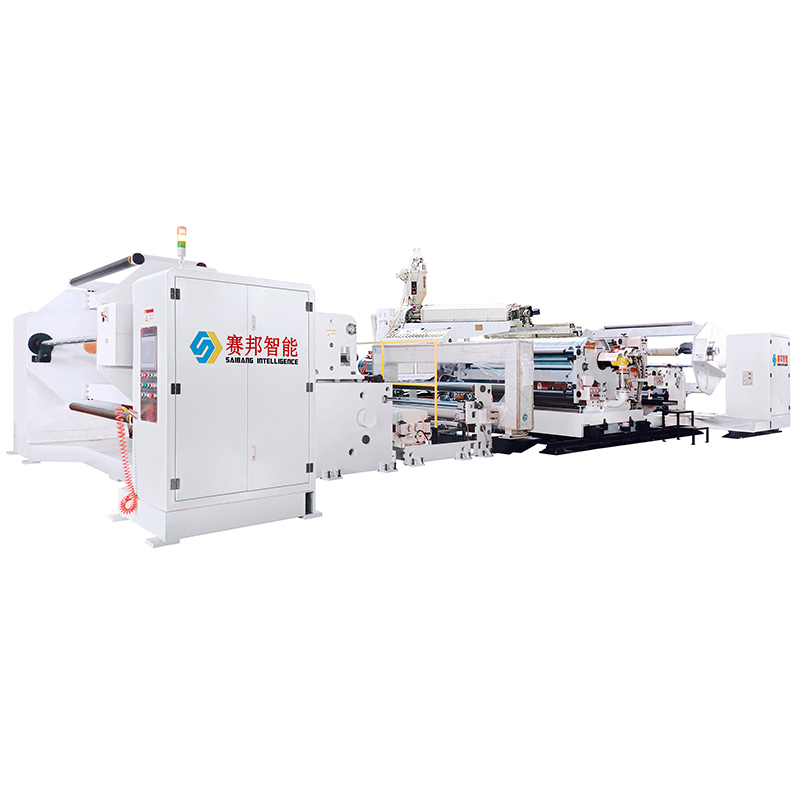How Does A Lamination Machine Work?
A lamination machine is an essential piece of equipment used to bond multiple layers of materials together under heat and pressure, often with the help of adhesives. In industrial production, lamination technology enhances the performance of films, papers, foils, and fabrics by combining their properties into a single, high-functionality material.
At SAIBANG, we manufacture advanced Laminating Machines designed for packaging, printing, medical, and industrial applications where consistent quality and high-speed production are critical.
The Principle of Lamination
Lamination works by applying heat, pressure, and adhesive between two or more layers of substrate. As the materials pass through rollers in the laminating machine:
Unwinding – Film, foil, or paper rolls are unwound and guided into the laminating section.
Adhesive Application – A precise adhesive coating (water-based, solvent-based, or extrusion adhesive) is applied to one layer.
Nipping and Heating – The layers are pressed together under heated rollers, ensuring strong bonding.
Cooling – The laminated web is cooled to stabilize adhesion and prevent warping.
Rewinding – The finished laminated material is wound into rolls for further converting or packaging use.
This process creates a uniform, durable, and multi-functional laminated structure.
Key Features of Sayatech Laminating Machine
Precision Adhesive Control – Ensures even coating thickness for stable bonding.
High-Speed Operation – Designed for continuous production with consistent quality.
Temperature Stability – Advanced heating systems for uniform lamination.
Versatility – Supports film-to-film, film-to-paper, or film-to-foil lamination.
Durable Design – Built for long-term operation with minimal downtime.
Types of Lamination Processes
Dry Lamination – Uses solvent-based or water-based adhesives, dried before bonding.
Wet Lamination – Adhesive is applied wet and bonded immediately before drying.
Extrusion Lamination – A molten polymer layer acts as the bonding medium.
Thermal Lamination – Uses pre-coated film with heat-activated adhesive.
Each process is chosen based on the end-product requirements such as barrier properties, flexibility, or optical clarity.
Applications of Laminating Machines
Laminated materials are widely used across industries:
Food and Beverage Packaging – Multi-layer films with moisture, oxygen, and light barriers.
Medical Supplies – Sterile laminated films for safe storage.
Printing and Graphics – Laminated paper or film for durability and glossy finish.
Industrial Materials – Insulation, protective films, and construction layers.
Flexible Packaging – Snack pouches, coffee bags, and pharmaceutical packs.
Why Choose SAIBANG Laminating Machines
Engineering Expertise – Years of experience in designing lamination systems.
Customizable Solutions – Machines tailored to different substrates and adhesive systems.
Energy Efficiency – Optimized systems reduce energy usage while maintaining high output.
Reliable Performance – Stable operation for both small-scale and large-scale production.
Global Support – Technical assistance and service for international clients.
✅ Looking for a reliable laminating machine manufacturer? Explore SAIBANG Laminating Machine and discover solutions designed to meet your industrial lamination needs.

Previous: What Is An Embossing Machine Used For?


